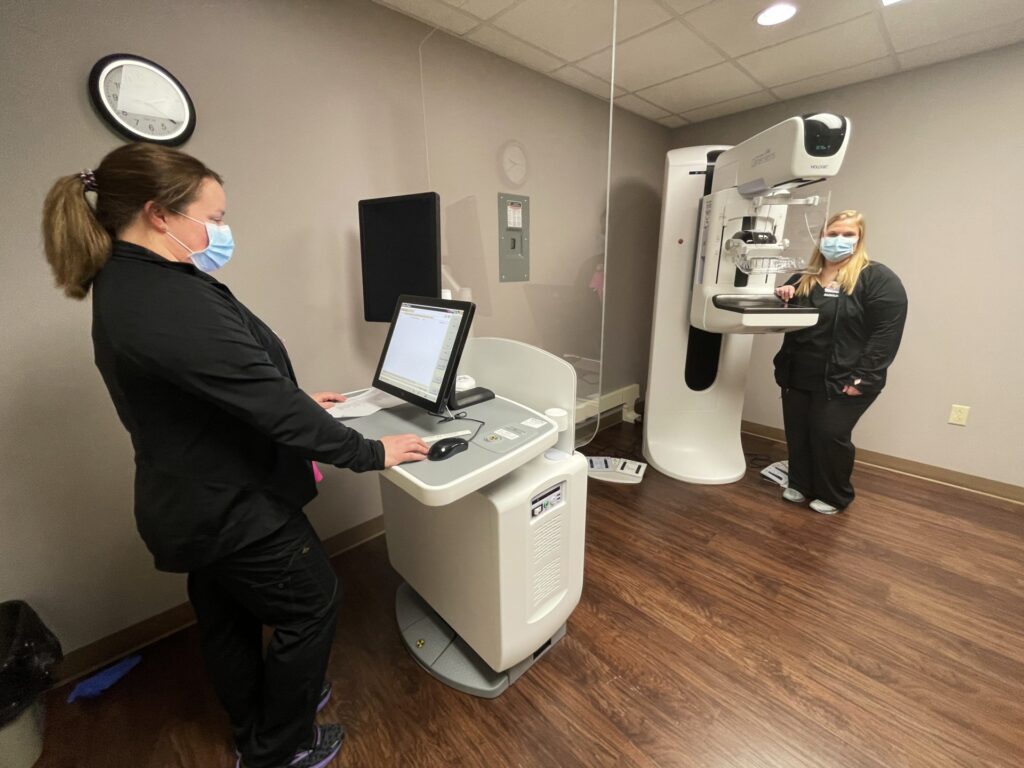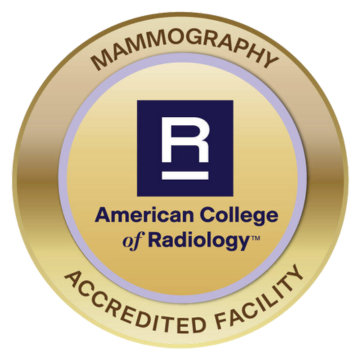3D Mammograms in the W.S. & E.C. Jones Breast Care Center
Women over the age of 40 years are recommended to get screening mammograms. With the development of 3D mammograms and their ability to provide advanced identification of abnormal structures, there is a new ray of hope for early detection of breast cancer.
3D mammography produces about 300 images of the breast structure, rather than only 4 images produced by standard 2D mammography. The images are rendered together and creates a 3-dimensional structure of the breast along with any abnormalities, tumors, cysts, calcification and growths. Radiologists can then analyze the breast tissues in detail to provide better identification and less need for additional testing. 3D mammography is especially helpful for women with higher breast tissue density due to superior imaging.
Benefits of 3D mammography:
1) More accurate image:
Since 3D mammograms build an accurate rendition of the breasts by layering hundreds of photographs it provides specialists a greater opportunity to discover a larger number of abnormalities.
2) Earlier detection:
The beast is comprised of many overlapping layers. These overlapping tissues can hide tiny abnormalities like tumors, cysts, growths and deposits . 3D mammography allows for very detailed analysis of each image thus providing the best view for the specialist to identify very tiny issues early in their development. Early detection of breast cancer improves survivability rates exponentially.
3) Better detection in dense breast tissue:
Thick breast tissue can cause shadows because of overlapping tissue, which can conceal tumors and abnormalities from conventional 2D mammography.
4) Less false outcomes and fewer tests:
The enhanced precision provided by 3D mammography can provide more accurate identification of suspicious structures. This means fewer false readings and reduced need for further testing. Patients save time and have less anxiety waiting for results.
5) Safe and Effective:
Due to the nature of 3D mammography, while there is slightly more radiation than a traditional 2D mammogram, the exposure is well below FDA limits and recommendations. The benefits of early and more accurate detection far outweigh the risks involved.

American Cancer Society Guidelines for the Early Detection of Cancer
- Women ages 40 to 44 should have the choice to start annual breast cancer screening with mammograms (x-rays of the breast) if they wish to do so.
- Women age 45 to 54 should get mammograms every year.
- Women 55 and older should switch to mammograms every 2 years, or can continue yearly screening.
- Screening should continue as long as a woman is in good health and is expected to live 10 more years or longer.
- All women should be familiar with the known benefits, limitations, and potential harms linked to breast cancer screening.

Breast Care Screening Fund
We believe that early detection of breast cancer is essential for successful treatment and recovery. We also know that not every patient has the financial resources available for a potentially life-saving screening mammogram. Each year, The W.S. & E.C. Jones Breast Care Center establishes a special fund to assist our community residents who need assistance.
Residents of our service area of Lyon, Coffey, Chase, Morris, Osage, or Greenwood counties are eligible. The program was developed to assist patients with no insurance coverage and/or who are ineligible for Early Detection Works (EDW) funding (this includes if EDW grant funds are exhausted). The funds are for screening mammograms only at the W.S. & E.C. Jones Breast Care Center.
A patient must first apply for Early Detection Works funding through the Kansas Department of Health and Environment at https:kdheks.gov/edw or by calling 1-877-277-1368.
If patients do not qualify for EDW funding, the Breast Care Screening Fund may be able to help. To apply, download the application, and follow the instructions to be considered.
